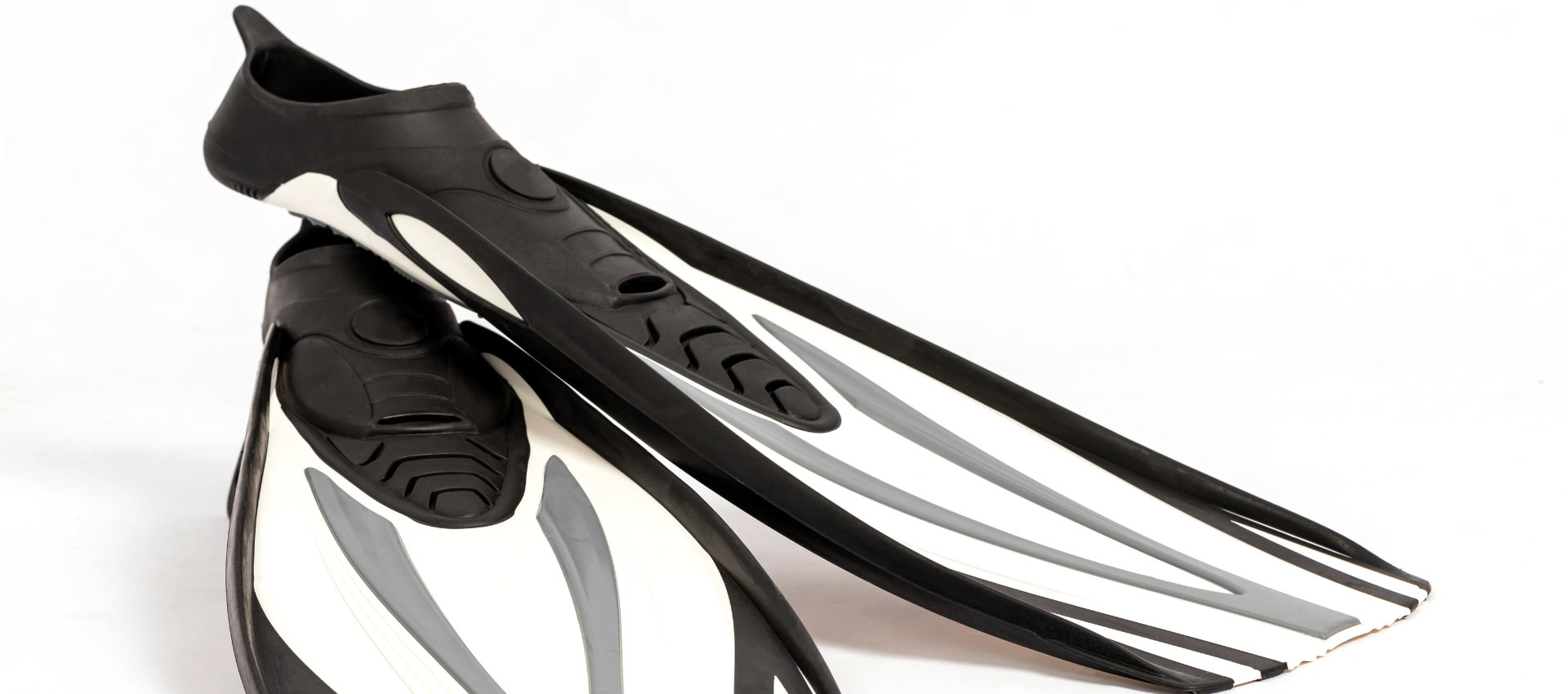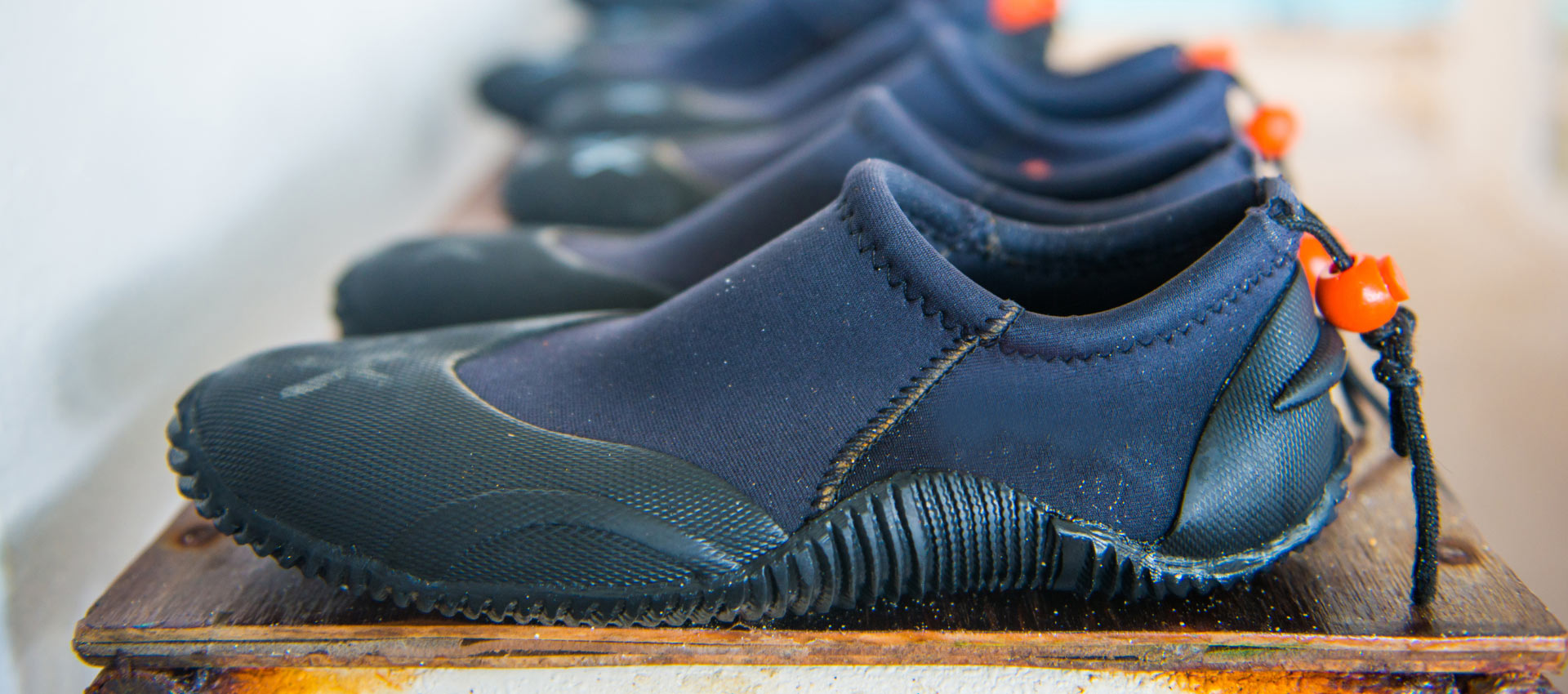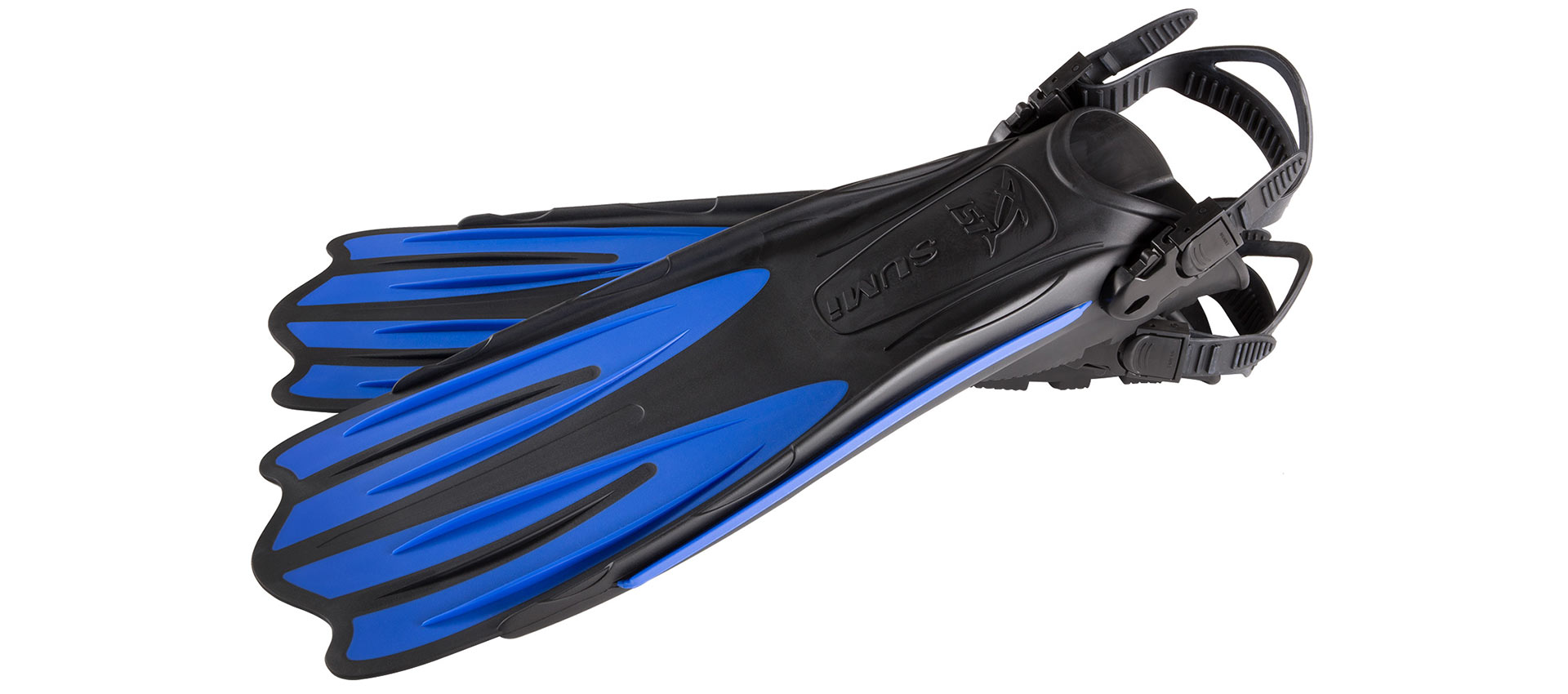
How to Choose Fins: Beginner’s Guide
Wondering How to Choose Fins? When it comes to water sports such as swimming, snorkeling, or scuba diving, having the right equipment is essential. Fins play a crucial role in enhancing propulsion and maneuverability in the water, allowing beginners to enjoy these activities with ease. However, choosing the right fins can be overwhelming for newcomers. In this beginner’s guide, we will walk you through the factors to consider when selecting fins that best suit your needs and skill level.
Understanding the Importance of Fins
Fins are an essential piece of equipment that helps swimmers, snorkelers, and scuba divers move efficiently through the water. They provide propulsion and stability, allowing beginners to conserve energy and focus on enjoying the experience. Choosing the right fins tailored to your needs is crucial for a comfortable and enjoyable water adventure.
How to Choose Fins? Types of Fins
Remember, the choice of fin type ultimately depends on your specific needs, preferences, and the activities you plan to engage in. Consider factors such as water conditions, skill level, comfort, and personal goals when selecting the appropriate fin type for your aquatic adventures.
Full Foot Fins
Full foot fins, also known as closed heel fins, are designed to be worn barefoot. These fins are lightweight and compact, making them ideal for snorkeling or swimming in warm waters. They are affordable and provide good maneuverability, but they may lack the power needed for diving in strong currents or choppy conditions.

Full Foot Fins
Open Heel Fins
Open heel fins feature an adjustable strap system that allows for a more customized fit. These fins are commonly used for scuba diving, as they provide excellent power and control. The adjustable straps accommodate different foot sizes and booties, making them suitable for varying water temperatures.
Split Fins
Split fins have a unique design with a split down the middle of the blade. This design helps reduce drag, increase efficiency, and minimize muscle fatigue. Split fins are suitable for beginners as they require less effort to kick, making them ideal for long durations in the water.
Choosing the Right Fin Size
Selecting the appropriate fin size is crucial for comfort and performance. The right fit ensures optimal power transfer and prevents discomfort or blisters. Refer to the manufacturer’s size chart and follow their guidelines to determine the correct size based on your foot length and width.

How to Choose Fins? Scuba booties
Consider the Fin Material
Fins are typically made from rubber, silicone, or a combination of both. Rubber fins are durable and affordable but may be heavier. Silicone fins are lighter and more flexible, providing greater comfort and ease of movement. Consider your budget and preferences when deciding on the fin material.
Straps and Buckles: Finding the Right Fit
For open heel fins, the straps and buckles play a vital role in securing the fins to your feet. Opt for adjustable straps that can be easily tightened or loosened for a snug fit. Quick-release buckles are convenient, allowing for quick adjustments or removal. Ensure the straps and buckles are durable and easy to use.
Blade Length and Stiffness
The blade length and stiffness affect the fin’s performance in the water. Longer blades offer more propulsion but require more effort to kick. Shorter blades are suitable for recreational activities and provide better maneuverability. Stiffness varies among fins, with some offering more resistance for a powerful kick, while others provide more flexibility for reduced fatigue.
Assessing Comfort and Fit
When trying on fins, consider how they feel on your feet. They should fit snugly without causing discomfort or pressure points. Walk around and flex your feet to ensure there are no restrictions or excessive movement. Remember that comfort is essential, as uncomfortable fins can quickly ruin your water experience.
Travel-Friendly Fins
If you plan on traveling frequently with your fins, consider compact and lightweight options. Foldable or adjustable fins are ideal for packing in a suitcase or backpack. Look for fins that strike a balance between portability and performance, allowing you to enjoy water activities wherever your adventures take you.

Travel Friendly Fins
Maintenance and Care
To ensure the longevity of your fins, proper maintenance is necessary. Rinse them with freshwater after each use to remove salt or debris. Avoid exposing them to direct sunlight for extended periods, as this can cause material deterioration. Store them in a cool, dry place to prevent mold or mildew growth.
Cost Considerations
Fins are available in a wide range of prices. While it’s tempting to opt for the most affordable option, investing in a quality pair of fins will provide better comfort, durability, and performance. Consider your budget, but prioritize fins that offer the features and benefits you need for an enjoyable water experience.
How to Choose Fins? Seek Expert Advice
If you’re still unsure about which fins to choose, don’t hesitate to seek advice from professionals or experienced water enthusiasts. Visit a reputable dive shop or consult with instructors who can guide you based on your specific needs and skill level. Their expertise can help you make an informed decision and ensure you find the perfect fins for your water adventures.
Can I use snorkeling fins for scuba diving?
Snorkeling fins are suitable for basic scuba diving, but scuba-specific fins provide better control and power in deeper waters.
Are split fins suitable for strong currents?
Split fins are designed to reduce muscle fatigue and are suitable for various conditions, including moderate currents.
Can I wear socks with open heel fins?
Yes, wearing neoprene socks or booties with open heel fins can enhance comfort and prevent blisters.
How often should I replace my fins?
Fins can last for several years with proper care and maintenance. However, if you notice significant wear or damage, it’s time to replace them.
Can I use fins for bodyboarding?
Yes, fins can enhance your bodyboarding experience by increasing speed and maneuverability in the water.
How to Choose Fins: A Beginner’s Guide
Choosing the right fins is essential for beginners to fully enjoy their water activities. By considering factors such as fin types, size, materials, comfort, and budget, you can make an informed decision that suits your needs and skill level. Remember to prioritize comfort and functionality, as well-matched fins will enhance your propulsion and maneuverability in the water, providing an unforgettable experience.


